••• “A vision for State Street emerged a bit clearer” when “a band of local architects presented sketches of three blocks, along with the creation of several paseos, during the State Street Advisory Committee meeting. […] The group showed color sketches for the 400, 800 and 1100 blocks.” The 400 and 800 sketches are below; 1100 is above. The drawings were not specific, and did not articulate whether vehicles, bikes or pedestrians would be allowed on the streets. [Architect Anthony] Grumbine said the sketches were not a specific design but a ‘design strategy’ and ‘toolkit’ for moving forward. The architects showed a fountain, trees, wide sidewalks, tents for a market, landscaping, art sculptures and other features designed to illustrate the area.” Nice stuff, but it seems like the car question really needs to be decided first. P.S. I included the architects’ slide about bolstering and improving the paseo network because I think it’s crucial. —Noozhawk
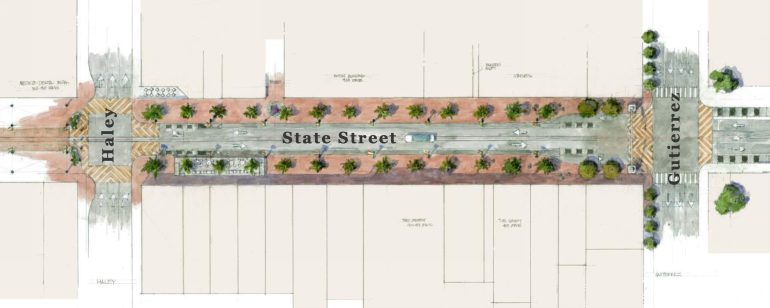
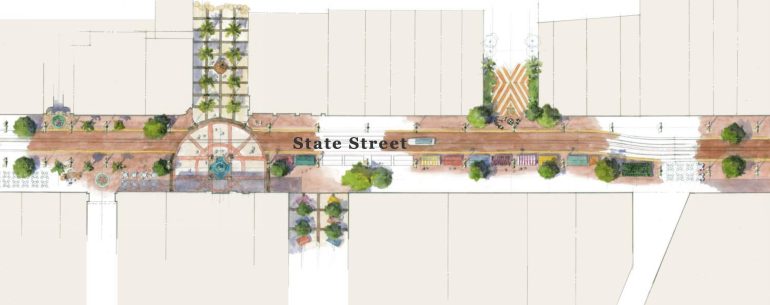
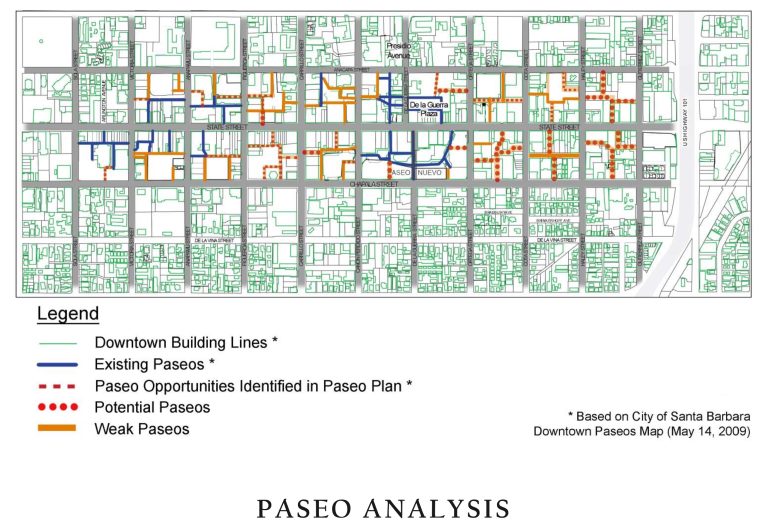 ••• Just a few months after it moved a block south into the former Athleta space, activewear brand Vuori is now apparently relocating to the corner of State and Ortega. Noozhawk‘s roundup post also says that the former Frontier building at 875 Chapala Street (at Canon Perdido) will be turned into mini-storage, with housing to be built on the adjacent parking lots.
••• Just a few months after it moved a block south into the former Athleta space, activewear brand Vuori is now apparently relocating to the corner of State and Ortega. Noozhawk‘s roundup post also says that the former Frontier building at 875 Chapala Street (at Canon Perdido) will be turned into mini-storage, with housing to be built on the adjacent parking lots.
••• Coast Village Road is finally going to get some attention from the city, including “upgrades to the curbs and gutters while adding loading zones in the medians for deliveries to alleviate the delivery trucks parking directly on the medians.” The trick will be keeping entitled types from parking there…. —Montecito Journal
••• “!Viva el Centenario! is the theme for the 100th Old Spanish Days celebration in Santa Barbara”; it’s July 31-August 4. —John Palminteri
••• “American homeowners could see a significant drop in the cost of selling their homes after a real estate trade group agreed to a landmark deal that will eliminate a bedrock of the industry, the standard 6 percent sales commission. […] Without that rate essentially guaranteed, agents will now most likely have to lower their commissions as they compete for business.” —New York Times
••• “Ocean waters at Goleta Beach—closed last month due to a major sewage spill—are now open again following water testing that confirmed they are safe for recreational use along the county park’s shoreline.” —Noozhawk
••• “Hillary Hauser Stepping Down as Head of Heal the Ocean.” —Independent
••• “Gaviota State Park re-opens for day use after month-long closure. […] Refugio is expected to reopen on May 16.” —KSBY
••• Actor Josh Brolin was the recent buyer of a 2.8-acre compound in Romero Canyon, which is all the reason I need to run a clip from Flirting With Disaster. Where’s the Criterion edition? —Robb Report
················
Sign up for the Siteline email newsletter and you’ll never miss a post.


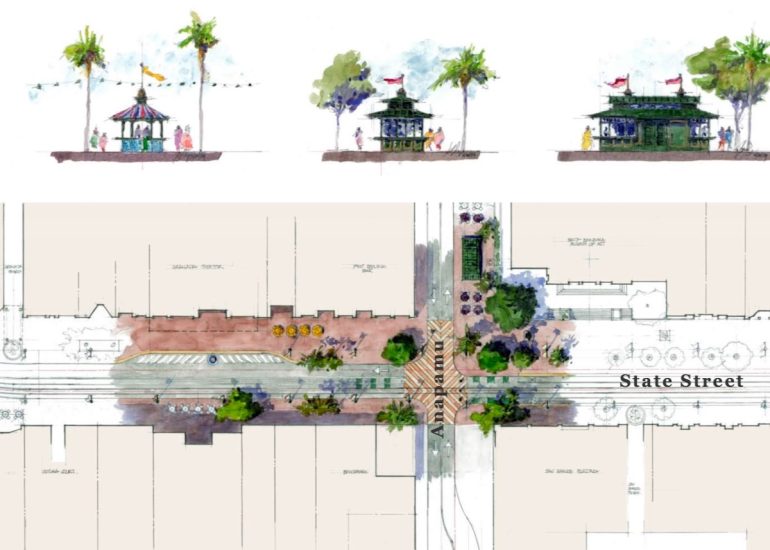







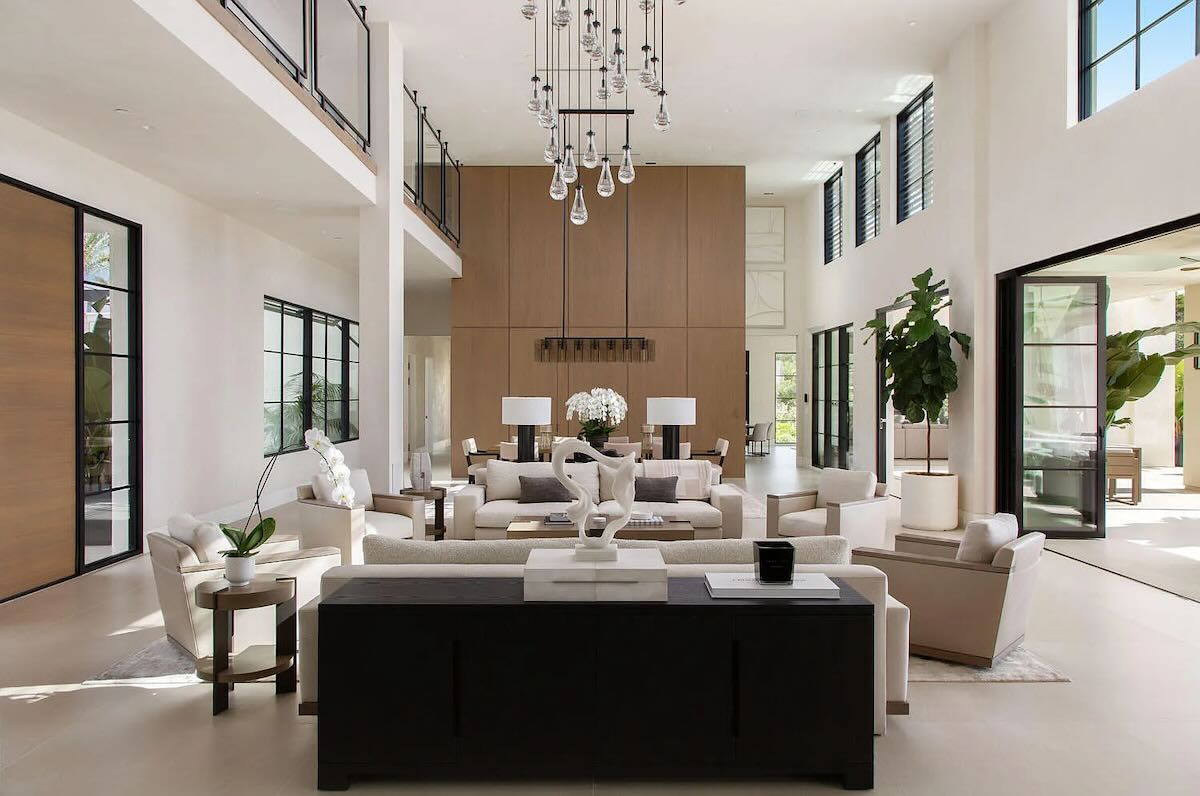



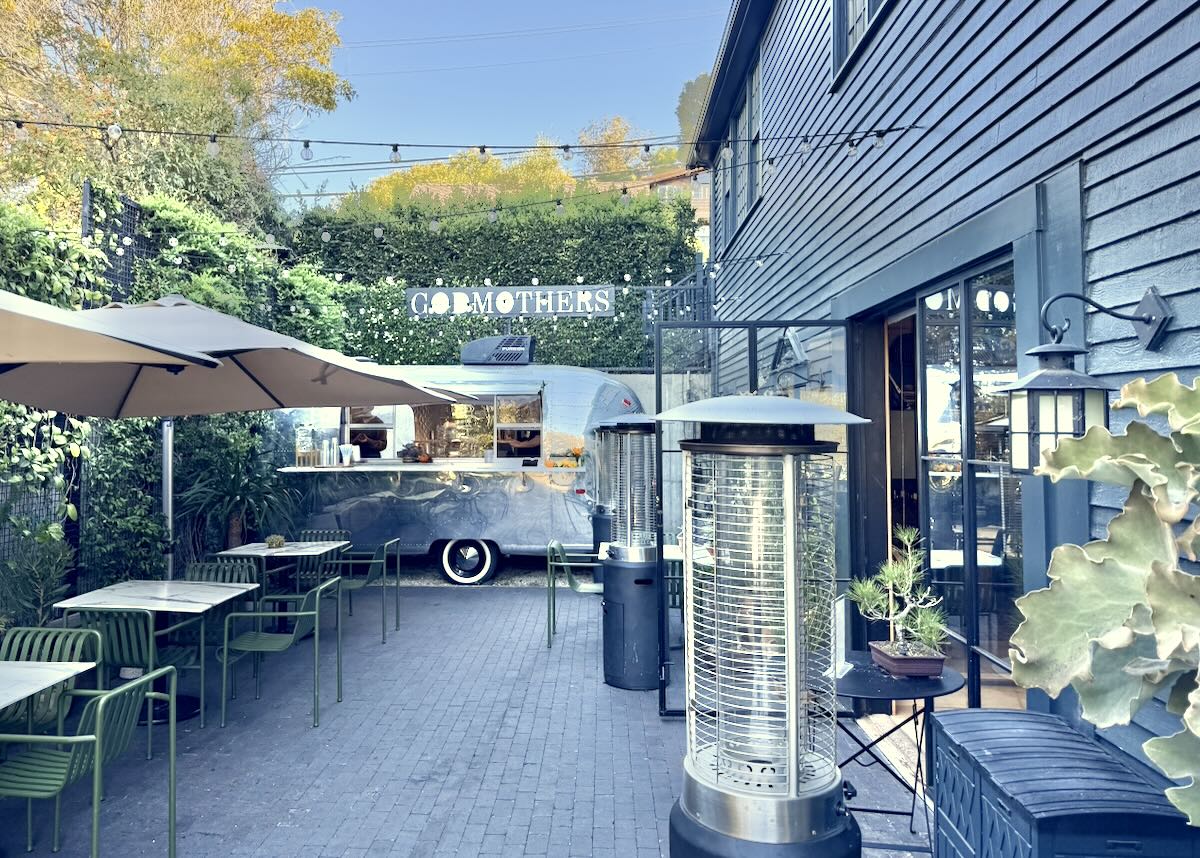
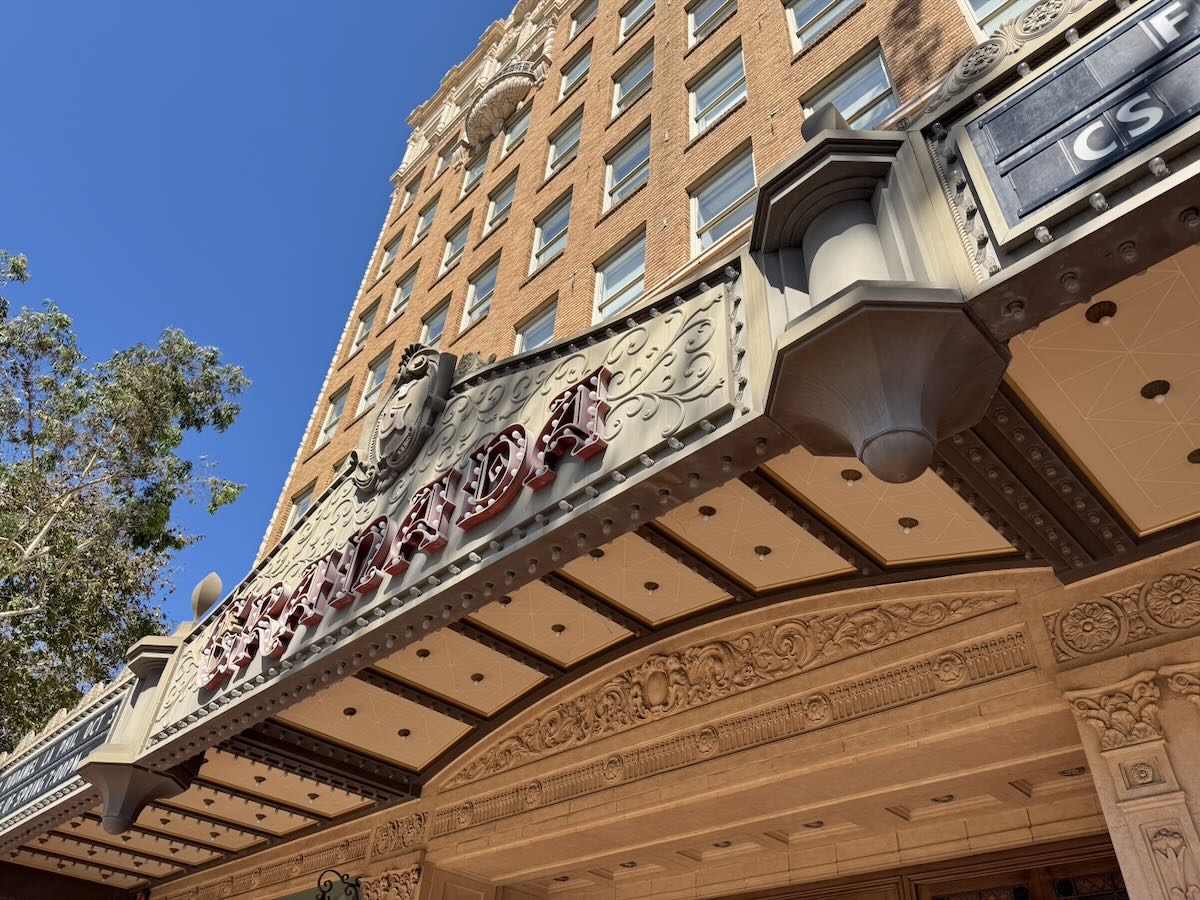

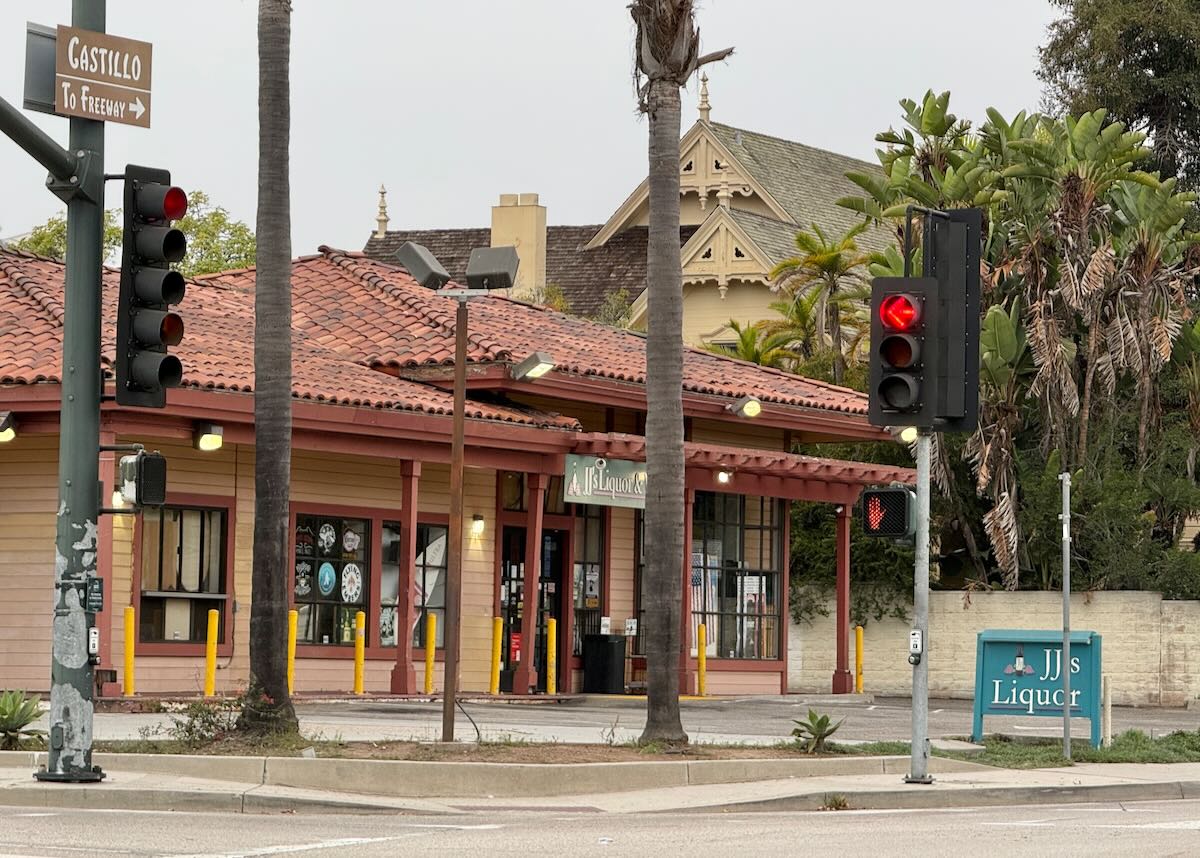

I’d like to comment on the reference to the New York Times article above. The National Association of REALTORS does not set commissions and never has. They have always been negotiable and they are set between the homeowner and the listing broker. I invite your readers to learn more about the settlement agreement and the policies that NAR does have by visiting https://www.nar.realtor/newsroom/correcting-the-record-nar-does-not-set-commissions
You can explain it however you want. It’s still a cartel doing cartel things.
The idea of the seller paying the commission was to make sure the buyer is represented accordingly, which is now ip to the buyer to make sure he gets an agent and doesn’t try to safe money or has no one to represent him because he can’t afford it. Do people really think sellers will lower their listing price now because there is no buyers commission to be paid? Come on…
The buyer can still be represented by an agent, and the buyer can still ask the seller to pay for the buyer’s agent. The difference is – now, instead of the SELLER’S agent determining how much the BUYER’S agent is paid, the buyer gets to negotiate the fee with his/her agent. I could envision a buyer negotiating a flat fee with a buyer’s agent, payable upon the successful closing of the house, with the fee either being paid out of the buyer’s pocket or (if the buyer is short on cash) asking the seller to pay it out of closing costs.
It will probably take a while for this to happen, as realtors will be resistant to a change in the status quo.
The architects have provided attractive drawings, but they have ignored the core issues of cars and parklets. Too controversial? Will someone please explain to my why the advocates for returning cars to State St. [e.g. Jeffrey Harding in the Montecito Journal and seemingly Randy Rowse] think returning cars to State Street is going to improve sales for businesses on State Street? Pedestrians patronize stores and restaurants/wine bars, not sightseeing tourists only driving up State St. or the local “cruisers” going up and down the street that I used to see pre-COVID while sitting at the Coffee Bean and Tea Leaf. I for one am most interested in outdoor restaurant seating without the noise and pollution of motor vehicles. That provides an inducement to visit and patronize the downtown.
Agree completly. I also think they should eliminate the bike lanes. Bikers could still use the street, but without a bike lane, Experiments in the Netherlands show that when cars and bikes no longer have dedicated lanes they slow waaaayyy down and look out for pedestrians (it’s called a “witloof”). Dedicated lanes invite vehicles to drive with impunity (It’s MY lane) and they do not look where they are going. If bikers and drivers want speed, there are parallel streets one block away. Surely there can be one street in this town solely for pedestrians?
Love the paseo plan. I hadn’t seen that before.
Donald, what you believe about pedestrians on State street is just what you believe. I think Mayor Rowse and Jeff Harding believe cars are better for business. I think we all could get a better idea if the sales tax for those businesses in the twelve blocks were made public. Let’s go back ten years.
Can’t read NY Times articles unless one is a subscriber.
Flirting with Disaster is a classic :)
The “standard” 6 percent commission was always negotiable and disappeared in my experience at least two decades ago. It is generally a bit above 5%, and often 4% for high end properties, in general. The ruling does not preclude buyers paying their agents, and since we are talking about 2.5% buyers commission being in some sort of limbo, I do not see a significant savings for buyers. A home currently priced at a million dollars reduced 2.5% would become $975,000-all else being equal. That same house may get multiple offers and sell way over asking. Or not. Only time will tell.